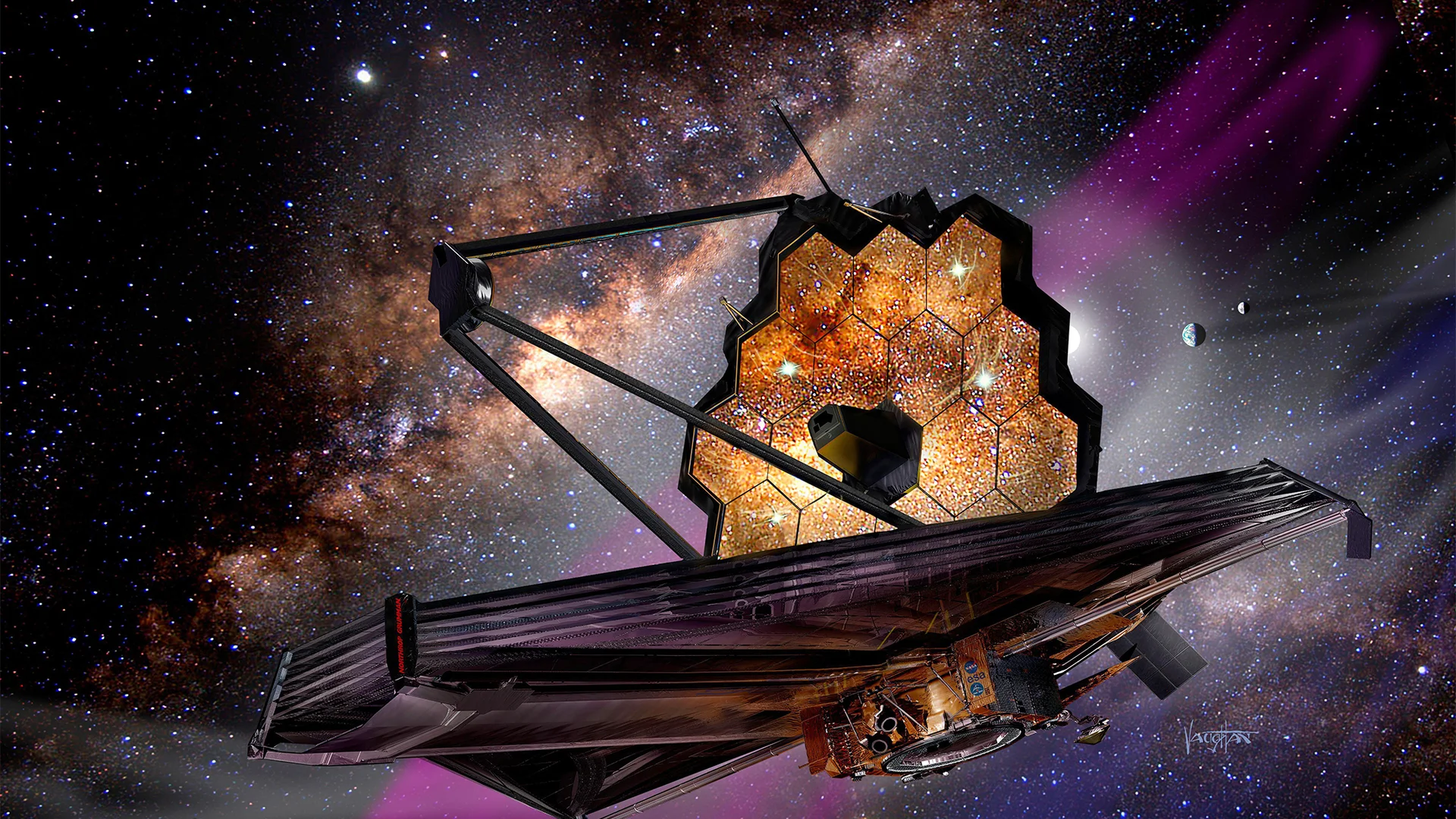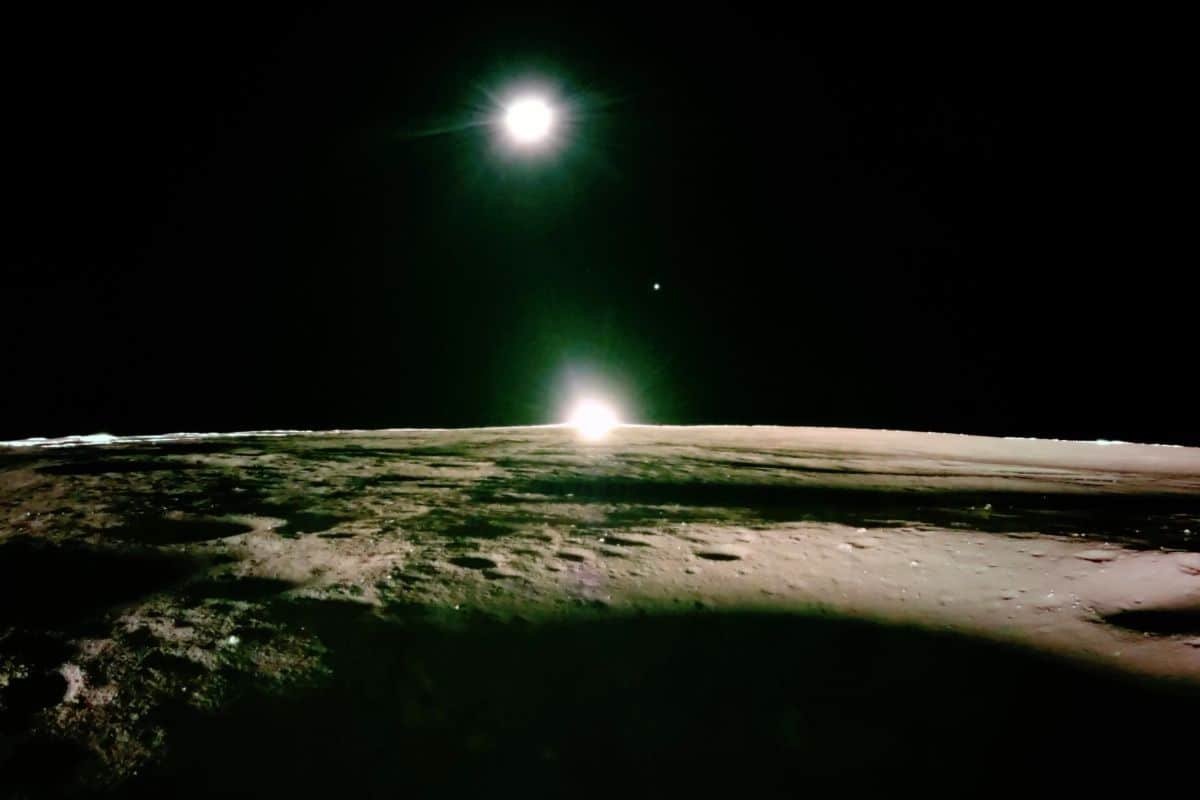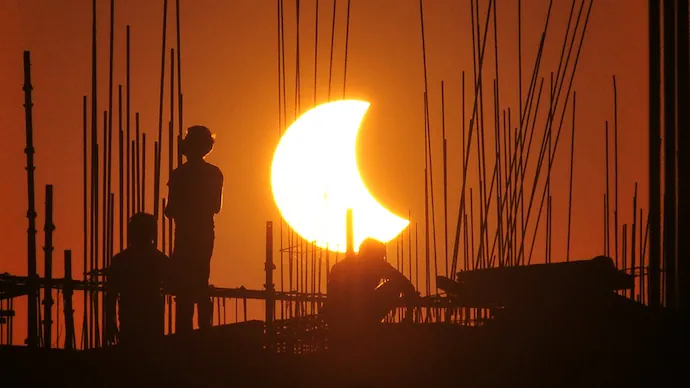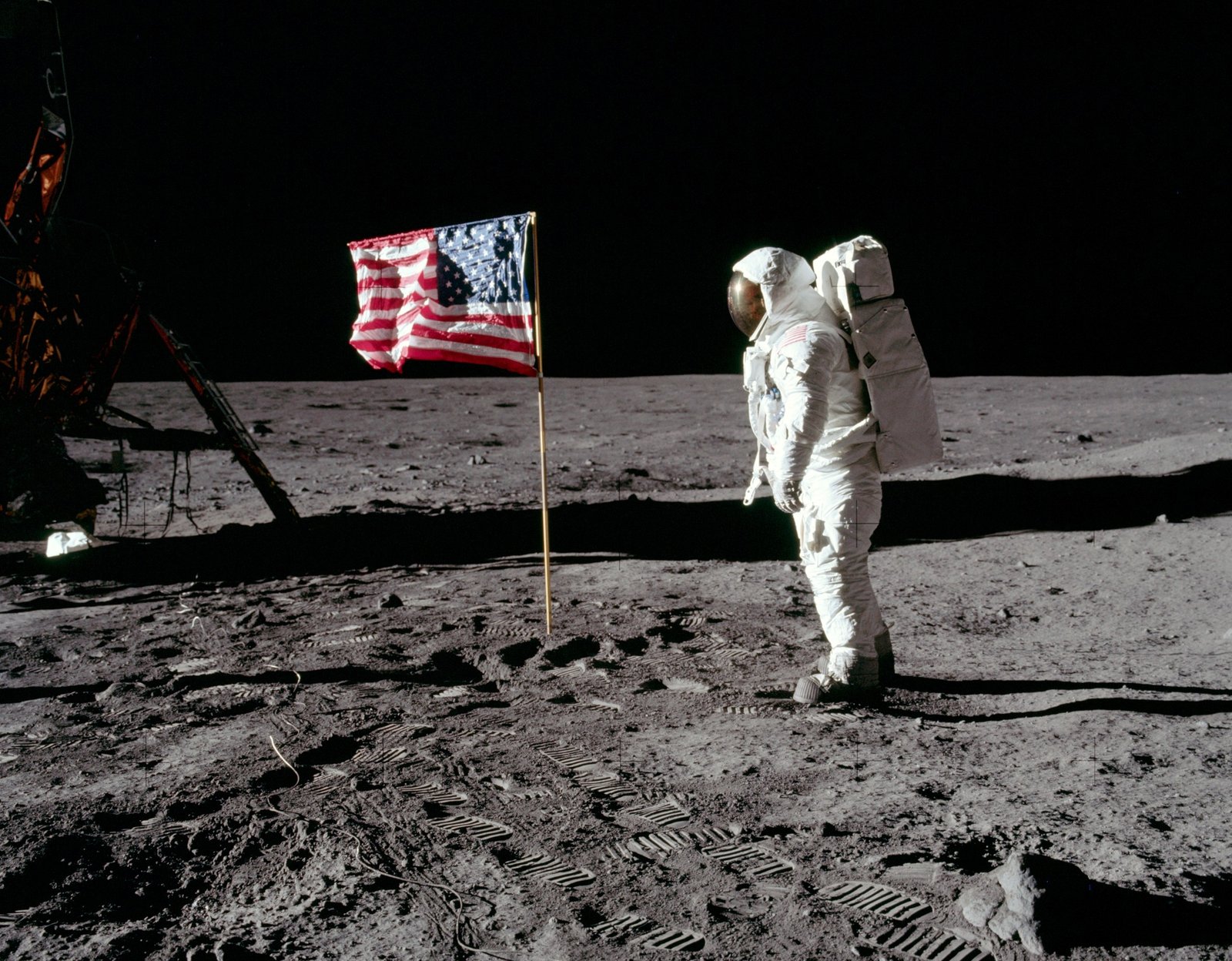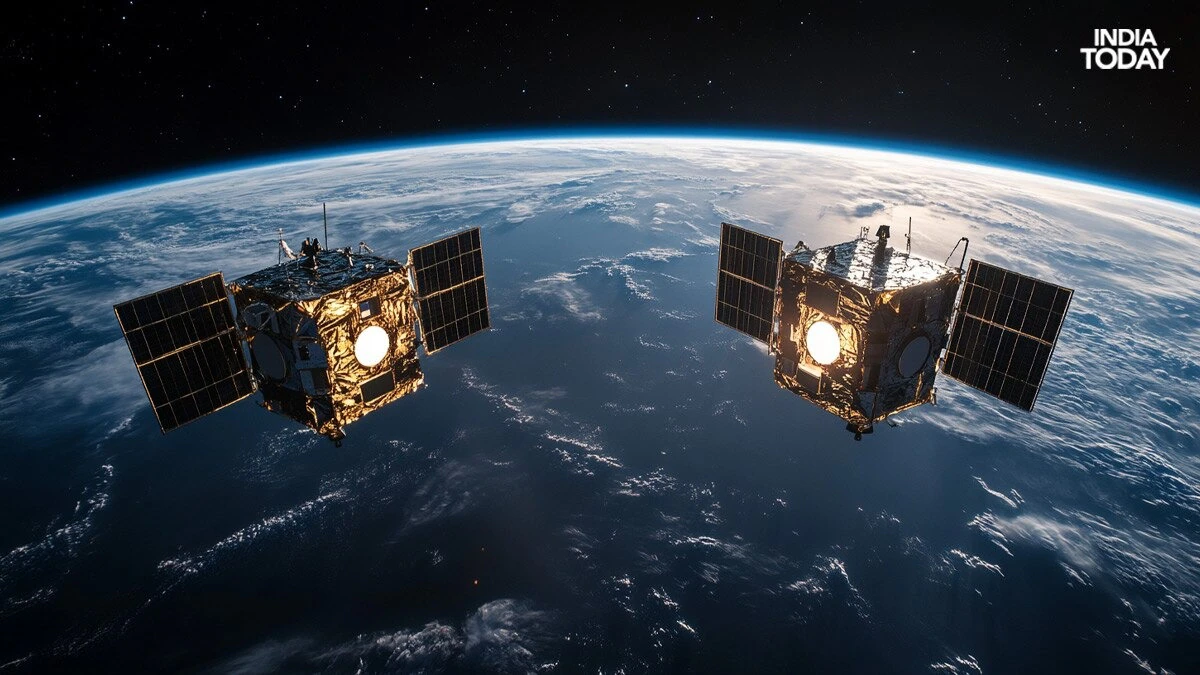An old and distant galaxy discovered by scientists using the James Webb Space Telescope offers proof that a significant transitional era that lifted the early cosmos out of its “dark ages” happened earlier than previously believed.
The galaxy known as JADES-GS-z13-1 was observed by Webb, which is able to look back in time by seeing huge cosmic distances, approximately 330 million years after the Big Bang event that created the universe 13.8 billion years ago, according to the researchers.
After the Big Bang, the cosmos is believed to have expanded rapidly and exponentially in a split second. The young cosmos was encased in a thick layer of electrically neutral hydrogen gas during a time known as the cosmic dark ages once it had sufficiently cooled.
What followed that was a time called the epoch of reionization when the universe first began to shine. Webb obtained evidence that JADES-GS-z13-1, one of the earliest-
known galaxies, had made the transition into this epoch.
“In JADES-GS-z13-1, Webb has confirmed one of the most distant galaxies known to date,” said Joris Witstok, an astronomer from the Niels Bohr Institute and the Cosmic Dawn Center at the University of Copenhagen. The study’s lead author, who opened a new tab in the journal Nature, stated.
“It has a very clear, telltale signature that indicates the galaxy contains a remarkably powerful source of energetic ultraviolet radiation and has made an unexpectedly early start to reionization,” Witstok stated, in contrast to any other galaxy that is comparably distant.
Cosmic dawn is the period of time when the first stars, black holes, and galaxies originated in the universe. In a process known as reionization, the ultraviolet light they released during their formation chemically changed the neutral hydrogen gas, allowing ultraviolet light to escape and thus “turning on the lights” in the universe.
Following the Big Bang, the universe was a soup of dark matter, helium, and hydrogen that was gradually cooling down. The universe eventually reached a point where intense UV light could not penetrate it at all. According to astrophysicist and research co-author Kevin Hainline of the University of Arizona’s Steward Observatory, “hydrogen was floating around in a neutral state, meaning each little hydrogen atom had an electron bound to it.”
However, the ultraviolet light from young stars and expanding supermassive black holes started to remove electrons from these neutral hydrogen atoms as the first stars and galaxies formed from this early universe gas. Additionally, the universe changed from being opaque to ultraviolet light over hundreds of millions of years to becoming transparent to ultraviolet light, which is where we are today,” Hainline stated.
The light that Webb discovered in this galaxy, according to the researchers, could have been caused by a developing supermassive black hole at the galactic center that is violently eating nearby material, intense star formation in the galaxy’s nucleus, or a combination of the two.
This galaxy is hundreds of times smaller than the Milky Way, with a width of roughly 230 light-years. Light travels 5.9 trillion miles (9.5 trillion km) in a year, which is known as a light-year.
Since its 2022 launch and 2023 start, NASA’s Webb spacecraft has contributed to a better knowledge of the early cosmos. Only four galaxies that are marginally older than this one have been detected by it, including the one that holds the record at 294 million years after the Big Bang. There has been no indication of reionization in those galaxies.
Since reionization was believed to have begun many millions of years later, the researchers were shocked to discover that JADES-GS-z13-1 displayed such evidence, in the shape of a sizable bubble of ionized hydrogen encircling it.
“This galaxy is most likely at the beginning of the reionization epoch, as numerous independent measurements have conclusively shown that reionization was not fully finished until the universe was approximately one billion years old, 700 million years later than this galaxy. One of the major unanswered questions in cosmology is when it started, according to Witstok.


